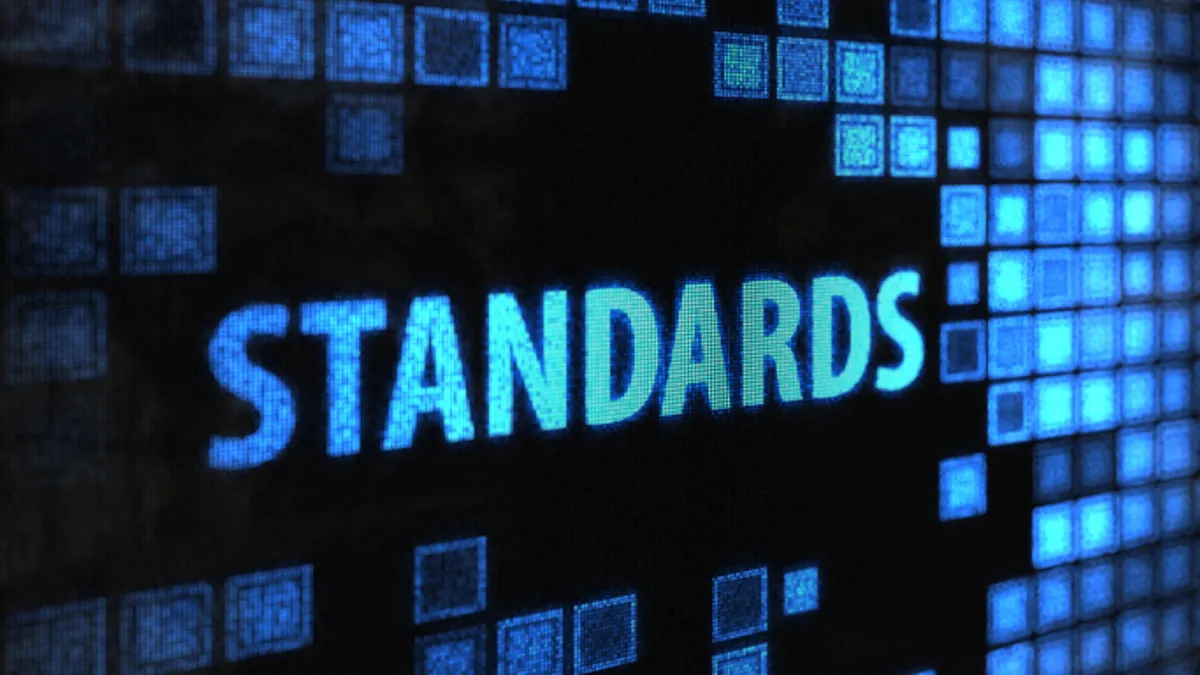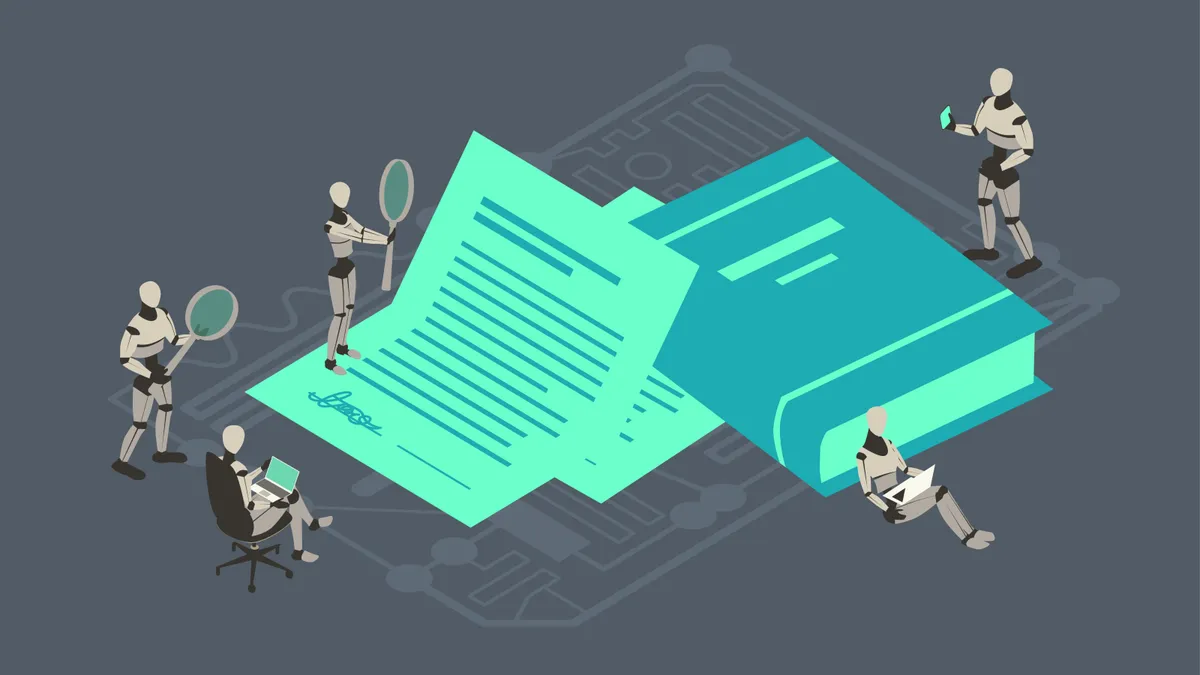The first time Jerry Levine tried to implement a contract management system, it didn’t go well. He was general counsel of Amelia, a conversational AI platform, and by his account, he tried to impose the CLM on the company by fiat.
“I said, ‘We’re going to do it; I’m the general counsel,’” Levine told Legal Dive. “The sales team never really got used to it. They didn’t want to deal with it. There was too much complexity, too many manual workflows.”
The next time he tried it, the process went much smoother. He read up on change management and put what he learned into practice.
“The people who don’t want to do something new are often the most successful internal evangelists once you show them how cool something is,” said Levine, today general counsel of ContractPodAI, a CLM software company.
Given the migration and changes in work processes that are required when you launch a CLM program, there’s going to be disruption, so the key is showing small wins as you get the system up and running, he said. By doing that, you bring people on board and create the conditions for a virtuous cycle as more people buy in after seeing the way the system frees up time for them to focus on the work they want to do.
“I had a paralegal who became the biggest promoter of the service once she realized it gave her time to do the things she actually wanted to do during the day,” he said. “It was not answering email – ‘Has so-and-so looked at my contract yet?’ Now she’s actually getting stuff done for six hours of her day.”
One quick win general counsel can see once they get their system up and running is a big reduction in the value leakage that’s typical in an organization’s contracting system.
Levine referred to a report by World Commerce & Contracting that found the typical contracting system loses between 8% and 50% of contract value over time because of delays in getting contracts approved or lack of clarity in a contract’s scoping goals, among other things.
“You might take so long [getting the contract finalized] the customer no longer has the budget for it,” he said. “Or a competitor comes in with better terms or a customer says we only want to test your product for a year now.”
One reason a CLM system can speed up the process is because it gets populated with pre-approved legal language, so as long as the contract sticks to standardized clauses, salespeople can get the contract finalized in a fraction of the time.
It’s not uncommon, for example, for an in-house lawyer to look at a standard non-disclosure agreement (NDA) in a matter of minutes.
“I’ve heard people say it takes them less than a minute to be comfortable with an NDA,” he said. “They used to set aside 30 minutes to go through these.”
If there is a problem, an in-house lawyer can weigh in immediately because they’re already alerted that the contract’s in process.
“One of the biggest complaints legal professionals have [with the traditional process] is they’re brought into the process too late,” he said. “Now all of a sudden you’re aware of what’s going on. There’s no one going three months into a contract in your sales process before someone in legal says, ‘Actually, there’s a restriction. We have to avoid some of those terms.’”
In addition to stemming value leakage, the big benefit is in the data the system generates, because now the general counsel has information that can be used strategically to help create value and reduce risk.
Levine referenced a CEO who touted hundreds of thousands of dollars the organization saved when the general counsel identified early in the cycle contracts that were facing expiration dates. By surfacing these early, the organization could leverage its negotiating advantage to get them renewed under the best terms rather than learning, after they expire, they’ve lost their negotiating leverage.
“All of a sudden the CEO could send a note that said, ‘Hey, look, we saved hundreds of thousands of dollars just by finding this out,’” he said. “It gets them out of that cycle of email, email, email.”
But to make it work, you have to approach it as a change-management project, which works best when you get small wins that bring on board people who would otherwise prefer things not change.
“There are always going to be naysayers,” he said. “You have people who just don’t want to learn something new. But when you get them on board, they can bring others on board with them. You need these champions to be involved at the beginning.”



















